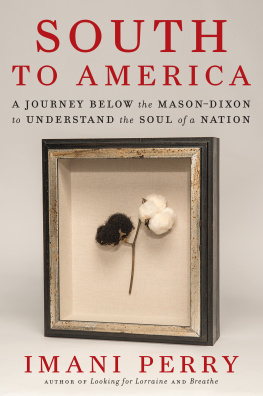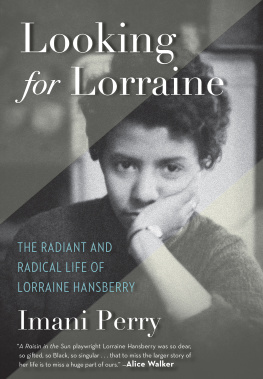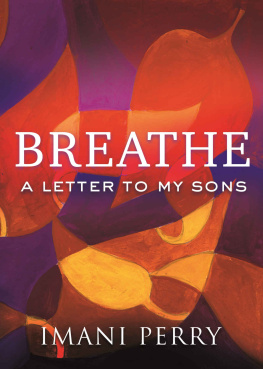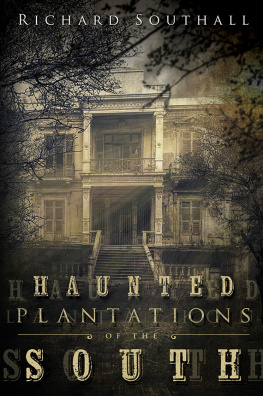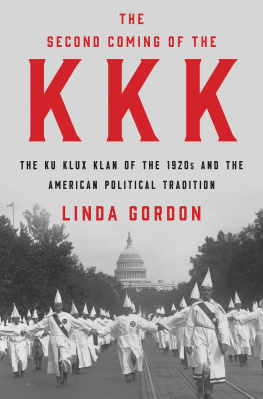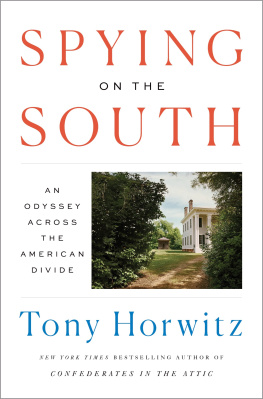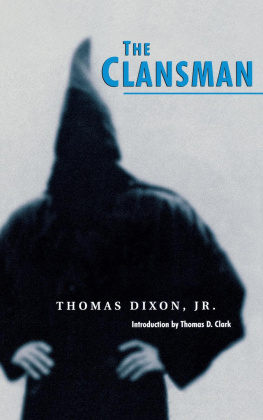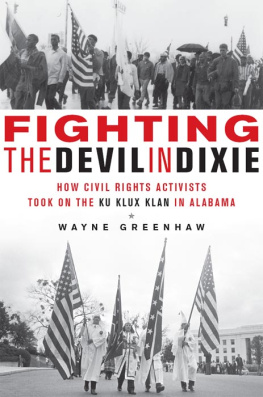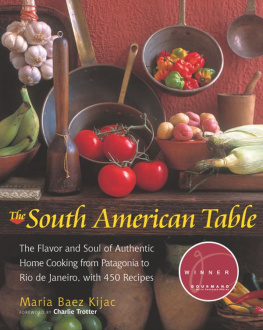The dance speaks to everyone. Otherwise, it wouldnt work.
A FRENCH QUADRILLE IS A DANCE of four couples. At certain moments all dancers take the same steps. Other times they pivot and turn against each other. They twist and curtsy in and out of unison. Music tailored to this set dance signals when to be still and when to glide. See how they separate and come back together? Train your eyes on one duo. See how they initiate and how they follow? Youll get lost if you try to look everywhere at once. You have to pay attention somewhere to understand the dance.
On January 24, 1804, there was a ball in New Orleans to celebrate the purchase of Louisiana. There had already been numerous celebratory balls, and as with the previous ones, some Spaniards came. Some French Creoles, too, White ones. And the Americans. Ladies gowns were empire-waisted, peach, mango, pale blue, and green. The mens coats were embroidered elaborately. A fight broke out between two of them. Only five weeks into a shared citizenship, and the Americans were already encroaching too much. Yes, there were two French songs played to each English one, but the Americans took too long to finish a turn. Unlike the French quadrilles that started eight dancers at a time, in the American set dances, each couple went one by one. Their procession dragged on, past the length of the music. Someone called for Another English song! and a French Creole struck the speaker. An officer grabbed the Creole. The head of the provisional government, William C. C. Claiborne, saw the conflict brewing. He couldnt speak French or Spanish. His words of calm were empty. Several dozen men brawled in the ballroom.
Louisiana had just become part of this nation. And with that, the United States of America had doubled in size. But the local dancers were taking part in a negotiation that had an old root. It was called in some circles the stately quadrille. As in the dance, the empires circled around each other, entering and exiting alliances, all while vying for control of land that had been conquered and claimed far away from their mother countries. New Orleans was a perfect example. It had been French, then Spanish, then French again, and now American. That night in New Orleans was three centuries after Europeans had arrived in the Americas. Generations into the process of settlement and conquest, slavery and incorporation, it was still contested territory.
The Africans danced quadrilles, too. Out of doors. In Congo Square on Sundays. And they did the calinda, hips shimmying until they touched a partners, then easing back in unison. They did the bamboula, in a round. The womens head ties were as bright as they could be. Some hawked calas and popcorn. Some brought word of the revolution in Hayti. They were Virginians, Bajans, Bini, Edo, and Kongo. And native Orleanians. They danced to fiddles, on beat. On other days they danced to flogs, jumping away from searing pain. The Americans, White people, stood around the perimeter and watched. And learned.
A flock of black skimmers might have flown over the slave pens that night. Or rested there, callow jailbirds. How could they know their presence taunted, that the people inside wished they could fly? Or that the nights they were up, bodies rubbed with beef tallow, hair painted to gleaming black, faces scrubbed, had the most terrible foreboding? Sale tomorrow.
In 1839, Henry Bibb, with his wife and child, lived in a slave pen. Henry had what was called drapetomania: the psychiatric condition of repeatedly running away to freedom. The Bibbs were brought to New Orleans to be auctioned off. But there wasnt much interest from buyers. The trader, eager to be done with them, gave Henry a decent coat and allowed him to roam the streets, looking for someone to purchase him and his family.
He approached a man and asked, Do you need a slave? And mistaking Henry for one of those mixed-race Creoles with a tinge of Blackness but the privilege of property, the man replied, Do you have one for sale? Later, though, a better judge of Henrys station asked Henry in response, Are you for sale? He and his family made it out of the slave pens, together, and onto a plantation. A marginally better, if still terrible, fate. But a momentary relief turned disastrous. Deemed superior among slaves, Henry was bought to be an arm of the master. And when the master told Henry to rub salt brine into the torn, bleeding back of a whipped woman, she screamed. Henry wept. The point: I wish people wouldnt truncate history into romance. I mean, really, do you think that house slaves lived in ease? Do you think a kindly master was anything but an oxymoron? Witness the dance.
In this book about the US South, I cant begin at the beginning because there isnt one beginning to the United States. But it did begin in the South. When John Smith made the first British maps of Virginia, in 1607, aided by the Powhatan people, they were drawn from the perspective of a ship arriving from the Atlantic Ocean, through to the Chesapeake Bay. That was the path to bounty.
There are so many birth dates: 1492, 1520, 1619, 1776, 1804, 1865, 1954, 1964, 1965. The result now, after centuries, is a fractured American people: children of the colonized, colonizers, enslaved, marginal, poor, wealthy, exploitative, White, Black, shades of brown, citizens, and fugitives running from the law. People with jobs but no papers, people with papers but no door or mattress. The American way is what has been bequeathed to us all in unequal measure. The United States is, formally speaking, the child of Great Britain. And we teachers, historians, and patriots all have inherited a British inclination to tell history in a linear forward sequence. But that just wont work for the story of the South. Or the nation.
Quadrilles are rare, novelties these days. But regardless, the metaphor still applies. When it comes to the choreography, most folks are lost. They think they know the Souths moves. They believe the region is out of step, off rhythm, lagging behind, stumbling. It is a convenient misunderstanding. This country was made with the shame of slavery, poverty, and White supremacy blazoned across it as a badge of dishonor. To sustain a heroic self-concept, it has inevitably been deemed necessary to distance America from the embarrassment over this truth. And so the South, the seat of race in the United States, was turned on, out, and into this countrys gully.
An 1860 political cartoon titled The Political Quadrille: Music by Dred Scott has Scott, the enslaved Black man who sued for his freedom, and who lost before the Supreme Court, playing the fiddle in the center of four couples. In one corner, John Breckinridge, vice president and soon-to-be Confederate general, and President James Buchanan, a man who sought to keep the sectional peace, are dance partners. Abraham Lincoln is with a grinning Black woman in another, apparently already marked as an abolitionist and a Negro-lover despite his ambivalence about slavery and slaves. Stephen Douglas, the whole hog Democrat and slaveholder who was defeated by Lincoln, holds the arm of an Irishman. And John Bell, a Tennessean who believed in moderation when it came to national expansion, dancesboth hands claspedwith a Native American man. Each image is a somewhat grotesque caricature. And it is funny to think of Dred Scott, who Chief Justice Taney said was not only unfree but had no rights which a white man was bound to respect, as the composer. But I suppose it made sense to see him, undeniably Black, at the center of the maneuvering.
Race is at the heart of the South, and at the heart of the nation. Like the conquest of Indigenous people, the creation of racial slavery in the colonies was a gateway to habits and dispositions that ultimately became the commonplace ways of doing things in this country. They came to a head at the dawn of the Civil War, only to settle back into the old routines for a hundred years before reaching a fever pitch again before receding.

